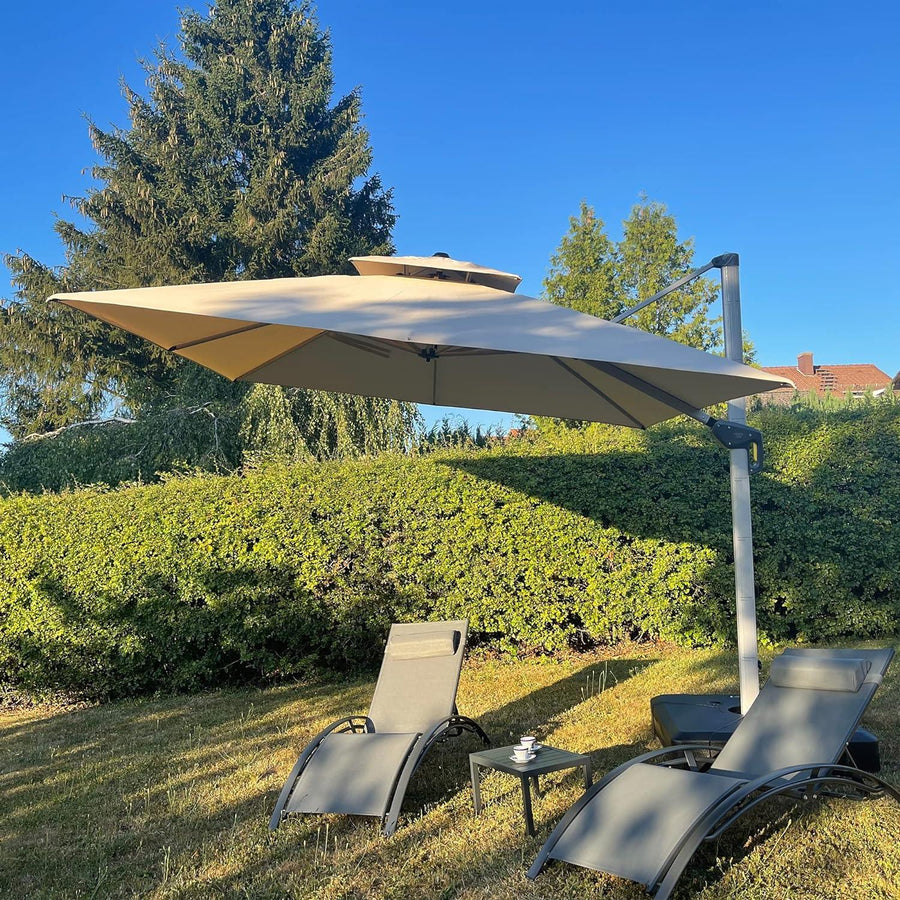The Benefits of Using Rotational Shade Providers in the Agriculture Industry
The agriculture industry is constantly evolving, seeking innovative solutions to enhance productivity and sustainability. One such innovation is the use of rotational shade providers. These systems offer a myriad of benefits that can significantly improve crop yields, animal welfare, and overall farm efficiency. In this article, we will delve into the advantages of employing rotational shade providers in agricultural practices.

Enhanced Crop Yields
One of the primary benefits of using rotational shade providers in agriculture is the potential for enhanced crop yields. By strategically rotating shade structures, farmers can protect crops from excessive sunlight and heat, which can otherwise lead to stress and reduced productivity. For instance, leafy greens and other shade-loving plants thrive under controlled light conditions, resulting in healthier growth and higher yields.
Moreover, rotational shade systems can be adjusted to provide optimal light exposure throughout different growth stages, ensuring that crops receive the right amount of sunlight at the right time. This adaptability can lead to more consistent and robust harvests, ultimately boosting farm profitability.
Improved Animal Welfare
In addition to benefiting crops, rotational shade providers play a crucial role in improving animal welfare. Livestock, such as cattle and poultry, are susceptible to heat stress, which can negatively impact their health and productivity. By incorporating movable shade structures, farmers can offer their animals respite from the scorching sun, reducing heat-related stress and promoting better overall well-being.
For example, rotational shade systems can be used in pastures to provide cooling zones for grazing animals. This not only enhances animal comfort but also encourages more uniform grazing patterns, leading to better pasture management and soil health.
Environmental Sustainability
The use of rotational shade providers also contributes to environmental sustainability. By mitigating the effects of extreme weather conditions, these systems help preserve soil moisture and reduce the need for excessive irrigation. This is particularly important in regions prone to drought, where water conservation is critical.
Furthermore, rotational shade structures can be integrated with other sustainable farming practices, such as agroforestry and polyculture. By creating a more balanced and resilient ecosystem, farmers can reduce their reliance on chemical inputs and promote biodiversity, leading to a healthier and more sustainable agricultural landscape.
Cost-Effective Solutions
Another significant advantage of rotational shade providers is their cost-effectiveness. Unlike permanent shade structures, which can be expensive to install and maintain, rotational systems offer a more flexible and affordable alternative. Farmers can easily move and adjust these structures as needed, minimizing labor and material costs.
Additionally, the increased productivity and efficiency gained from using rotational shade providers can lead to substantial long-term savings. By optimizing crop yields and improving animal welfare, farmers can achieve higher returns on investment and ensure the economic viability of their operations.
Conclusion
In conclusion, the benefits of using rotational shade providers in the agriculture industry are manifold. From enhancing crop yields and improving animal welfare to promoting environmental sustainability and offering cost-effective solutions, these systems represent a valuable tool for modern farmers. By embracing this innovative approach, the agriculture industry can continue to thrive and adapt to the challenges of a changing world.




